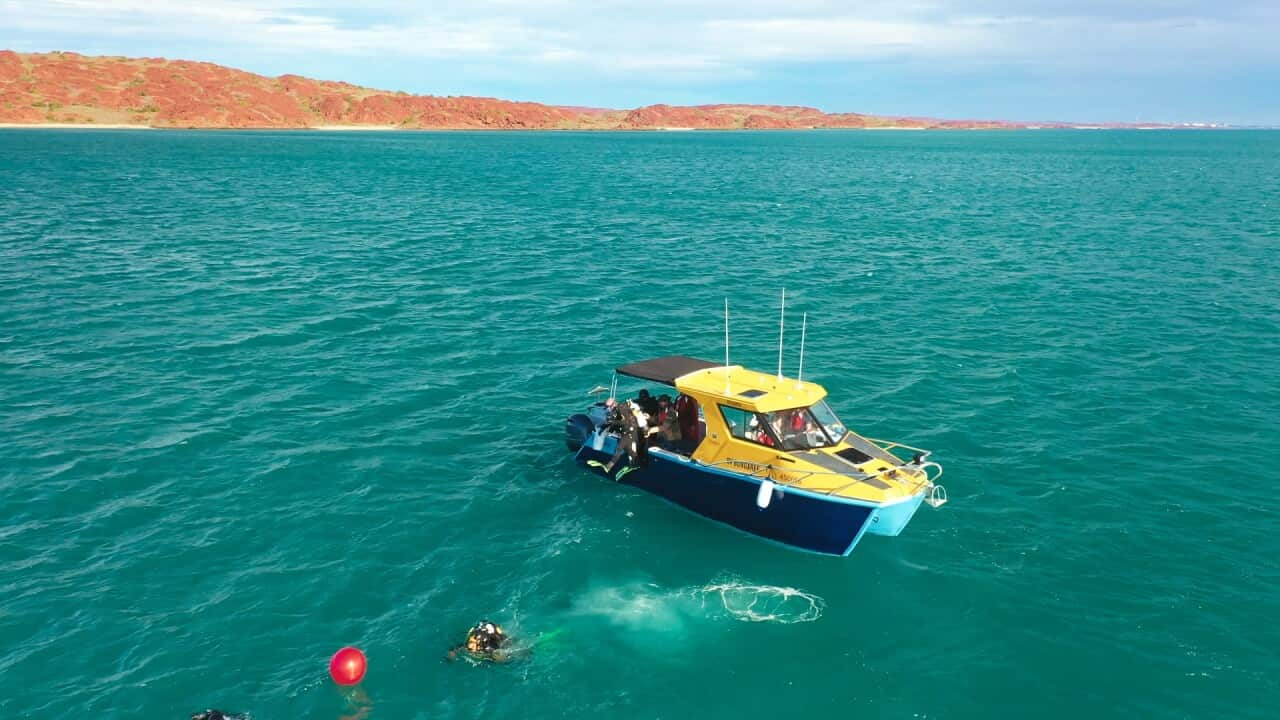Yindjibarndi law man Vince Adams was ecstatic when Songlines, passed down through generations of his ancestors, helped discover stone artefacts including axe-heads off the coast of Murujuga in Western Australia.
"We were overjoyed," he said.
“Once we were given the artefact by the diver and held it in our hand we knew straight away that this belonged to our old people.
"We recognised it as something we still use today."

Imaging of the stone artefacts.
Some 22 Aboriginal cultures have Songlines that point to a time when sea levels were lower around the continent, and the various tribes lived in now submerged areas.
“Once we had the LiDAR results, we saw that the Songlines that are sung today match the existing areas of land but also areas that are now underwater.
"This was old science and new science working together that picked this up.”
Knowledge transferred through generations

Uncle Vince Adams (middle), Associate Professor Mick O’Leary, and Professor Jonathan Benjamin at Murujuga.
Without a written form, it was assumed that accuracy would inevitably be lost over time.
But as the discovery of the artefacts show, there is much untapped knowledge in Songlines that far predate the existence of writing, and underwater archaeology is one place to start.
“This is about learning where we came from and how we have got to where we are now.
"We’re talking Australia-wide here. There is a lot of hidden Indigenous archaeology.
"There is a mob around Australia, especially the Tiwi in the Torres Strait, interested in this.”
The tools were some 6000 years old,
Showing respect for the discovered objects, the artefacts were returned to their home in the sea.
"A bit of fear kicked in, knowing that this used to belong to someone else," said Vince.
“It’s not for someone else to come along and own this. All of the tools and rocks, except for a few that needed to be analysed, went back into the ocean afterwards.”













